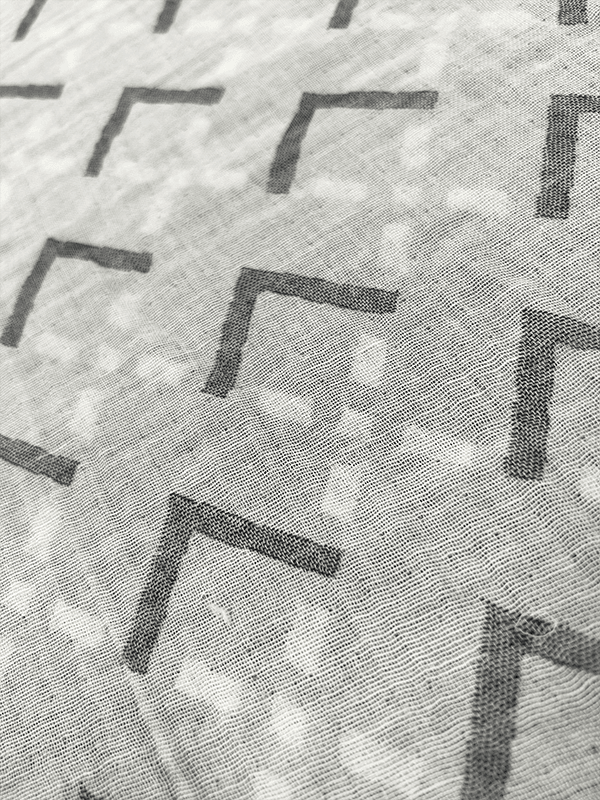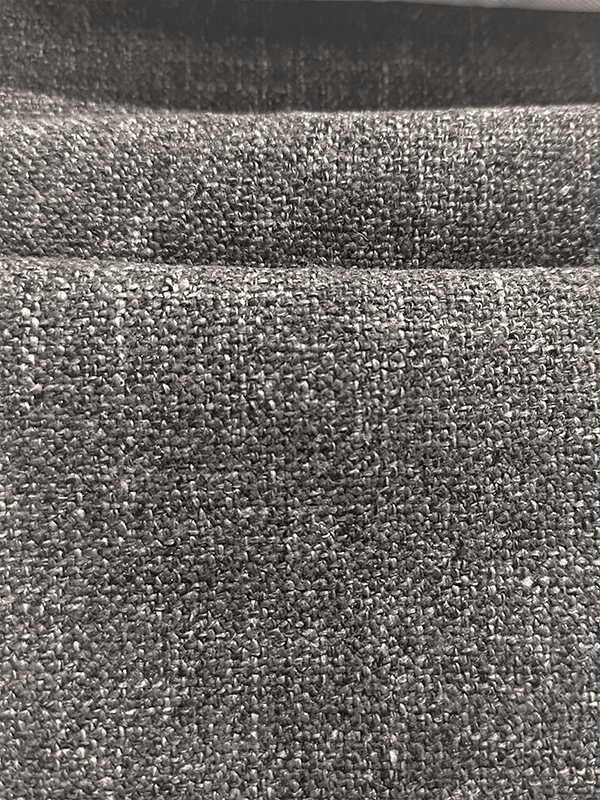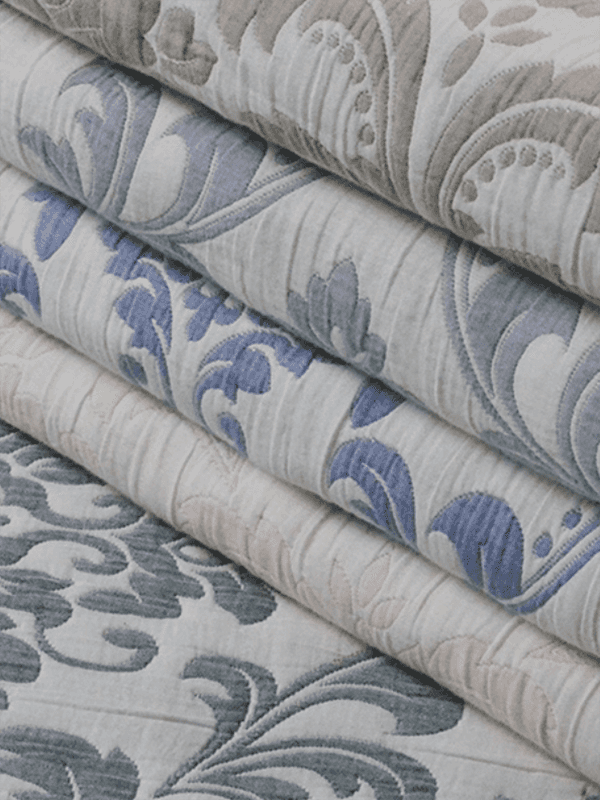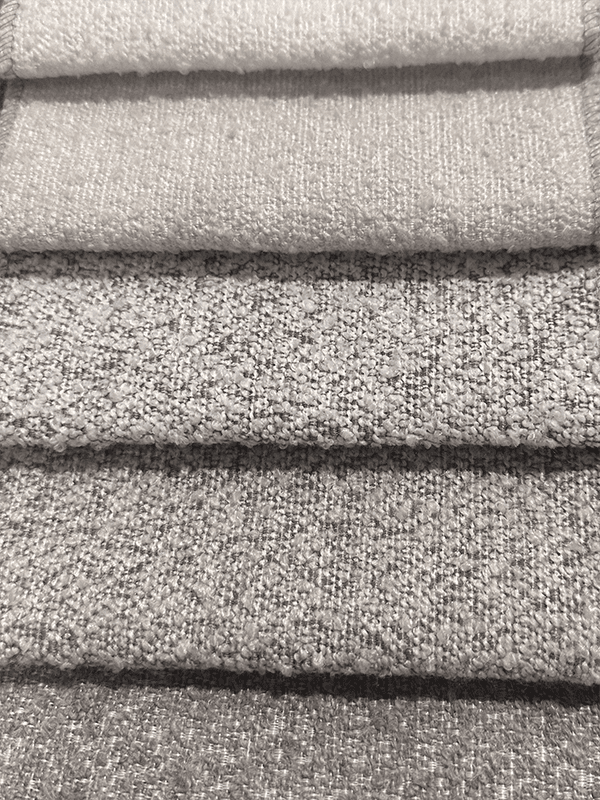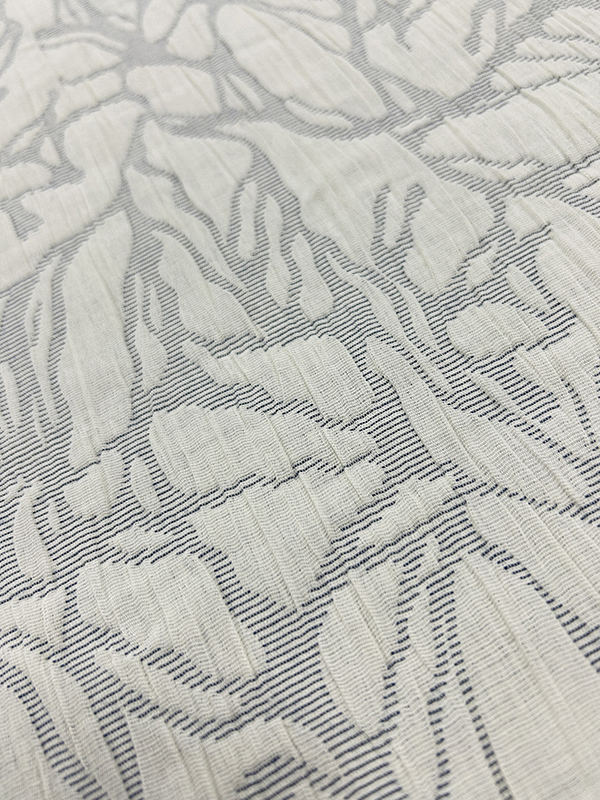We often focus on paint colors and furniture when designing our living spaces, but have you ever considered the most tactile element of your home’s decor? The fabrics that adorn your beds, windows, and floors do more than just add color; they define the very essence of comfort, style, and atmosphere. This unsung hero of interior design is home textile fabric. But what exactly qualifies as a home textile, and how does the choice of material impact not just aesthetics, but your daily well-being and the functionality of your space? This guide explores the vast world of fabrics that make a house feel truly lived-in and loved.
More Than Just Cloth: Defining Home Textile Fabrics
Home textile fabrics encompass all textiles used for furnishing and decorating a residential space. Unlike apparel fabrics, these materials are engineered for durability, ease of care, and specific functional properties like warmth, light filtration, or stain resistance. They are the building blocks of soft furnishings, transforming hard architectural spaces into warm, inviting, and personal sanctuaries. The right fabric choice is a critical decision that balances beauty with practicality, creating a home that is both beautiful and livable.
The Canvas of Comfort: Key Categories and Their Impact
The application of a fabric often dictates its required properties. Understanding these categories helps in making informed choices:
- Bedding Fabrics: This is where we spend a third of our lives, making fabric choice crucial for sleep quality.
- Cotton: The gold standard, especially long-staple varieties like Egyptian or Pima, prized for their softness, breathability, and durability. Percale offers a crisp, cool feel, while sateen provides a silky, lustrous drape.
- Linen: Made from flax, linen is incredibly breathable and moisture-wicking, ideal for hot sleepers. Its natural, slightly wrinkled texture adds a relaxed, organic elegance.
- Bamboo: A rising star, bamboo-derived viscose is exceptionally soft, thermo-regulating, and sustainable, offering a luxurious feel similar to silk.
- Window Treatment Fabrics: These fabrics manage light and privacy while contributing significantly to a room’s aesthetic.
- Sheers: Lightweight fabrics like voile or muslin that diffuse natural light, creating a soft, airy glow while maintaining privacy.
- Heavy Drapery: Velvet, brocade, or heavy cotton blends are used for blackout curtains, providing insulation, noise reduction, and complete light control.
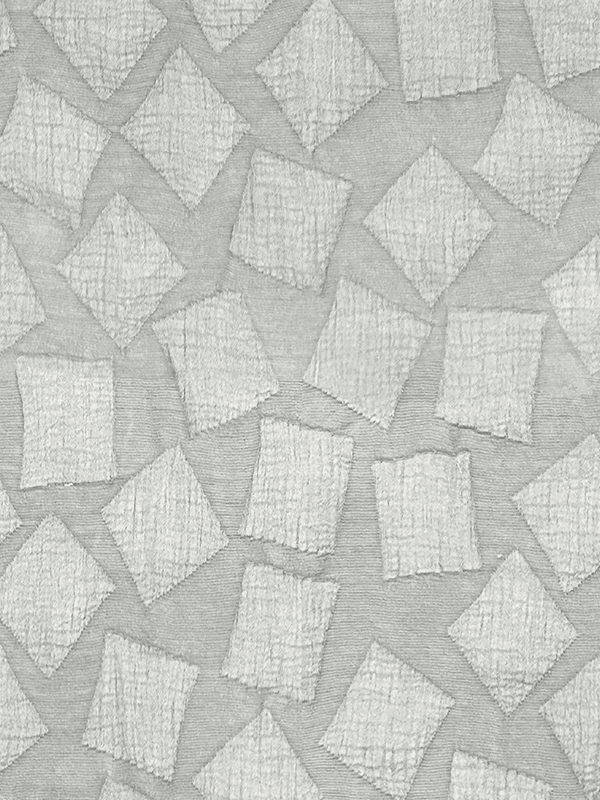
- Upholstery Fabrics: These require the highest durability to withstand daily wear and tear.
- Performance Fabrics: Revolutionizing the industry, these are engineered with nanotechnology to be highly resistant to stains, water, and fading. Brands like Sunbrella® are perfect for families with children and pets.
- Natural Fibers: Wool is durable and naturally soil-resistant, while leather offers a timeless, easy-to-clean surface that develops a patina over time.
- Synthetics: Microfiber is a popular, affordable option known for its softness and exceptional stain resistance.
- Bath Textiles: Towels and mats demand high absorbency and quick drying.
- Turkish or Egyptian Cotton: Renowned for long, plush loops that create highly absorbent and fast-drying towels that get softer with each wash.
Weaving Well-Being: The Benefits of Conscious Fabric Choices
Selecting the right home textile fabric goes beyond color matching. It directly influences your quality of life:
- Health and Hygiene: Hypoallergenic fabrics like organic cotton or bamboo are resistant to dust mites and mold, promoting better air quality and healthier sleep, especially for allergy sufferers.
- Comfort and Thermoregulation: Natural, breathable fabrics like cotton and linen help regulate body temperature, keeping you cool in summer and warm in winter, enhancing overall comfort.
- Durability and Long-Term Value: Investing in high-quality, durable fabrics for high-traffic areas like upholstery means your furnishings will look beautiful for years, offering a better return on investment than cheaper alternatives that quickly show wear.
- Light and Mood Management: The right window fabric can transform a room’s ambiance—from bright and energizing to dark and serene—allowing you to control your environment to suit your mood.
The Future of Fabric: Sustainability and Innovation
The modern consumer is increasingly conscious of a product’s origin. The home textile industry is responding with a strong shift towards:
- Sustainable Fibers: Organic cotton (grown without pesticides), linen (requires less water), and Tencel™ (made from sustainably sourced wood pulp).
- Recycled Materials: Fabrics made from recycled PET bottles are becoming common in outdoor cushions and rugs.
- Eco-Conscious Production: Processes that use less water, energy, and harmful dyes are now a major selling point for brands committed to reducing their environmental footprint.
Craft the Home You Deserve
Your home is your sanctuary. The textiles you choose are the silent partners in your daily life, offering comfort, defining style, and providing functionality. They are an investment in your well-being.

 English
English 中文简体
中文简体 Español
Español عربى
عربى